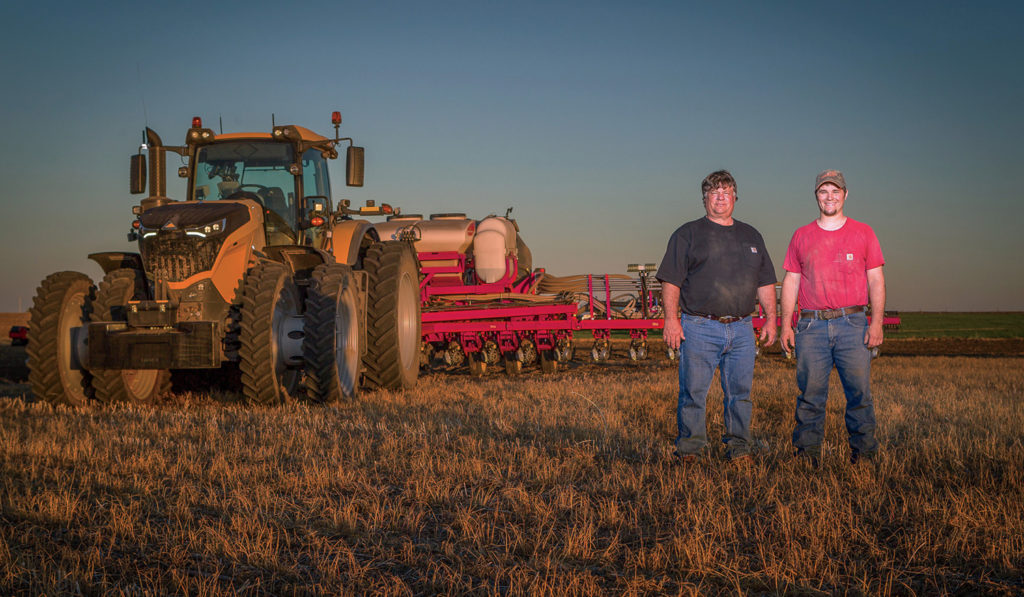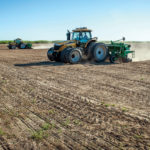Challenger 1000: Tomorrow’s Tractor Today
An owner of a brand-new Challenger 1000 Series tractor raves about its power, versatility and all-around revolutionary approach.

Challenger 1000: Tomorrow’s Tractor Today
An owner of a brand-new Challenger 1000 Series tractor raves about its power, versatility and all-around revolutionary approach.It takes a lot of horsepower to pull a 24-row planter through the field, especially when it’s also injecting dry fertilizer and pulling a 9-ton fertilizer cart behind it. That’s part of the reason Robin Olson recently purchased a new Challenger 1042, one of four models in the 1000 Series, to work the land where he and his son, Joseph, grow irrigated corn, soybeans and popcorn north of Atkinson, Nebraska.
“The fertilizer cart has a hydraulic drive that requires about 32 gallons per minute at 2,900 pounds of pressure,” Olson explains. However, thanks to the unique two-pump, load-sensing hydraulic system that can deliver up to 113.5 gallons per minute through independent circuits, the 1042 model has plenty of flow to run what Olson needs. One pump delivers 55.5 gpm, while the second pump puts out 58 gpm.
“I also plan to use it on the 24-row cultivator,” he adds. “I built it without any lift-assist wheels so I wouldn’t have to drive over the corn. That means I need a tractor that has enough weight and 3-point-lift capacity to handle the entire weight of the cultivator,” he explains in reference to the new 1042.
To compensate for all that mass on the back, Olson says he generally had to add a lot of front-end weight on his old tractor. One of the selling points of the 1042 is that it can be equipped with weights and ballast to put it over 50,000 pounds, making it heavy enough to tackle even the toughest tillage applications. On the other hand, the tractor can be lightened to around 31,000 pounds for row-crop use or transport applications at speeds up to 31 mph.
“I like the high torque at slow engine speed concept,” he adds. “We’re not pulling a tractor real hard with the root slicer or cultivator, so we’re only running about 1,700 rpm as it is.”
Olson also appreciates the Accu-VT™ transmission and how it independently provides the ideal torque distribution as needed on the front and rear wheels. What’s more, because there is no fixed-drive ratio, the front axle can actively pull the tractor into a curve, reducing the turning ratio in the field by up to 10%.
Olson also offers praise for the service he gets from his local dealer, saying they are an essential part of his team. “So,” as Olson concludes, “I kind of have the best of both worlds—products and service.”
Read the full Challenger 1000 story plus more about the Olsons’ operation in the feature story Lost In His Work.
Written by: Tharran Gaines



